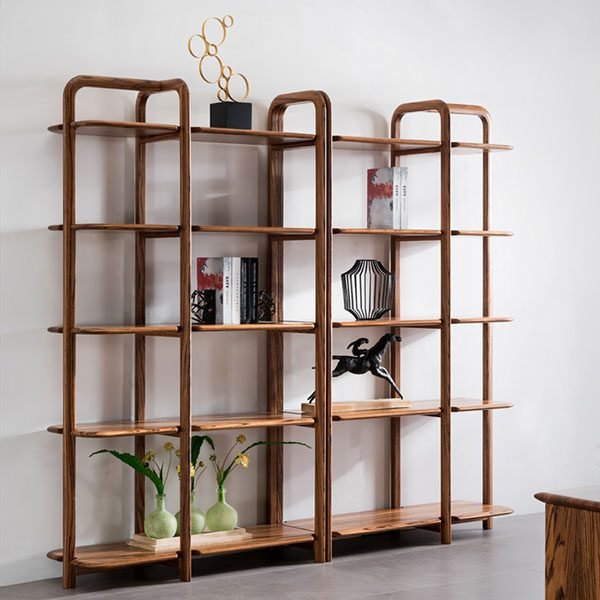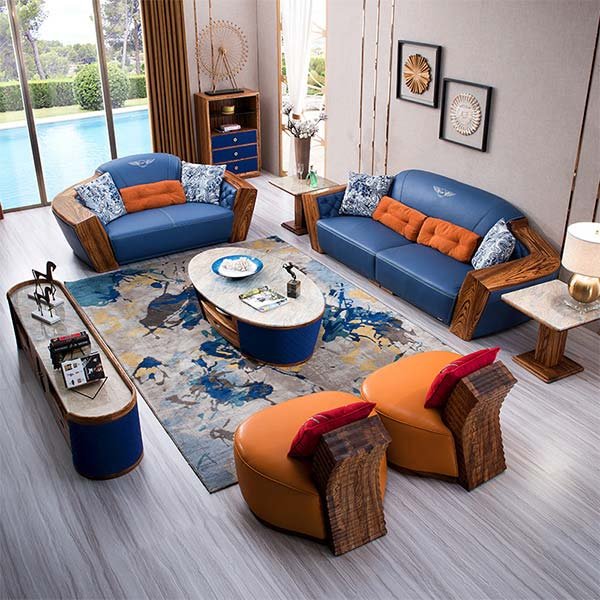“Mix and match your living room furniture for a personalized touch!”
Color coordination
When it comes to decorating your living room, one of the key elements to consider is how to mix and match your furniture. Color coordination plays a crucial role in creating a cohesive and visually appealing space. By carefully selecting and arranging your furniture pieces, you can achieve a harmonious look that ties the room together.
One of the first things to consider when mixing and matching living room furniture is the color scheme. Choosing a color palette that complements each other is essential for creating a cohesive look. You can opt for a monochromatic scheme, where you stick to different shades of the same color, or go for a complementary scheme, where you pair colors that are opposite each other on the color wheel.
When selecting furniture pieces, it’s important to consider the scale and proportion of each item. Mixing different sizes and shapes can add visual interest to the room, but be sure to balance them out to avoid a cluttered look. For example, pairing a large sofa with a small accent chair can create a dynamic and balanced arrangement.
In addition to color and scale, texture is another important factor to consider when mixing and matching living room furniture. Mixing different textures, such as leather, velvet, and wood, can add depth and dimension to the space. Consider incorporating a variety of textures through throw pillows, rugs, and curtains to create a layered and inviting atmosphere.
To tie everything together, consider adding accent pieces that complement the overall color scheme and style of the room. This could include artwork, decorative objects, or plants that add a pop of color and personality to the space. By carefully selecting these accent pieces, you can create a cohesive and well-curated look that reflects your personal style.
When arranging your furniture, consider the flow of the room and how people will move through the space. Leave enough room for traffic flow and ensure that there is a clear path from one area to another. Arrange furniture in a way that encourages conversation and interaction, such as placing seating areas facing each other or around a central focal point like a fireplace or coffee table.
In conclusion, mixing and matching living room furniture is a fun and creative process that allows you to express your personal style and create a space that is both functional and visually appealing. By carefully considering color coordination, scale, proportion, texture, and accent pieces, you can create a cohesive and well-designed living room that reflects your unique taste and personality. So go ahead and experiment with different combinations to find the perfect mix for your space.
Mixing different styles
Mixing different styles of furniture in your living room can create a unique and eclectic look that reflects your personal style. However, it can be challenging to achieve a cohesive and harmonious design when combining pieces from different eras and aesthetics. Here are some tips on how to mix and match living room furniture effectively.
One way to successfully mix different styles of furniture is to choose a common color palette. Selecting a color scheme that ties all the pieces together will create a sense of unity in the room. For example, if you have a modern sofa in a neutral color, you can add a vintage armchair in a complementary shade to create a cohesive look.
Another tip is to vary the scale and proportion of the furniture pieces. Mixing large and small items will add visual interest to the room and prevent it from looking too uniform. For instance, pairing a bulky sectional sofa with a delicate side table can create a balanced and dynamic composition.
Incorporating different textures is also key to successfully mixing and matching living room furniture. Combining smooth leather with plush velvet or rough wood with sleek metal can add depth and dimension to the space. Mixing textures will create a visually rich and inviting environment that is both stylish and comfortable.
When mixing different styles of furniture, it is important to pay attention to the overall balance of the room. Avoid overcrowding the space with too many pieces or overwhelming it with clashing styles. Instead, aim for a harmonious blend of elements that complement each other and create a cohesive design.
One way to achieve balance is to create visual focal points in the room. Choose one or two standout pieces that will anchor the space and draw the eye. For example, a statement coffee table or a bold accent chair can serve as a focal point and tie the room together.
In addition to mixing different styles of furniture, don’t forget to incorporate accessories and decor elements that reflect your personal taste and style. Adding artwork, rugs, throw pillows, and other decorative items can enhance the overall look of the room and tie the different pieces together.
Ultimately, mixing and matching living room furniture is about creating a space that is a reflection of your personality and individuality. By following these tips and guidelines, you can create a stylish and cohesive design that is both visually appealing and functional. Experiment with different combinations, trust your instincts, and have fun creating a space that is uniquely yours.
Balancing large and small pieces
When it comes to decorating a living room, one of the key elements to consider is how to mix and match furniture pieces effectively. Balancing large and small pieces in a room can be a challenging task, but with the right approach, you can create a harmonious and visually appealing space.
One important tip to keep in mind when mixing and matching living room furniture is to consider the scale of each piece. Large furniture items, such as a sofa or a sectional, can anchor the room and provide a focal point. However, it’s essential to balance these large pieces with smaller items, such as accent chairs or side tables, to create visual interest and prevent the room from feeling overwhelming.
To achieve a balanced look, try to vary the heights of the furniture pieces in the room. For example, if you have a tall bookcase or entertainment center, consider pairing it with a lower coffee table or ottoman to create a sense of visual balance. Mixing furniture of different heights can help create a dynamic and layered look in the room.
Another important aspect to consider when mixing and matching living room furniture is the style and color of each piece. While it’s important to mix different styles to create a unique and eclectic look, it’s also essential to ensure that the pieces complement each other. For example, if you have a modern sofa, consider pairing it with a vintage armchair to add character and interest to the room.
When it comes to color, consider using a cohesive color palette to tie the room together. You can mix and match furniture pieces in different colors, but try to stick to a few key hues to create a cohesive look. For example, if you have a neutral sofa, consider adding pops of color with accent pillows or a colorful rug to tie the room together.
In addition to mixing different styles and colors, don’t be afraid to experiment with different textures and materials when mixing and matching living room furniture. Mixing materials such as wood, metal, and fabric can add depth and visual interest to the room. Consider incorporating a mix of textures, such as a plush velvet sofa paired with a sleek leather chair, to create a dynamic and inviting space.
When mixing and matching living room furniture, it’s important to trust your instincts and have fun with the process. Don’t be afraid to experiment with different combinations and arrangements until you find a look that feels right for you. Remember that creating a balanced and cohesive space takes time and effort, so be patient and enjoy the process of designing your living room.
In conclusion, mixing and matching living room furniture is a great way to create a unique and personalized space. By balancing large and small pieces, varying heights, styles, colors, and textures, you can create a harmonious and visually appealing room that reflects your personal style. Remember to trust your instincts, have fun with the process, and enjoy creating a space that you love.
Заключение
Mixing and matching living room furniture can create a unique and personalized look. To achieve a cohesive and stylish design, consider the following tips:
1. Choose a cohesive color palette or theme to tie the different pieces together.
2. Mix different styles, textures, and materials for visual interest.
3. Use a variety of furniture pieces, such as sofas, chairs, coffee tables, and accent pieces, to create balance and harmony.
4. Don’t be afraid to experiment with different combinations until you find the perfect mix.
5. Consider the scale and proportion of each piece to ensure they work well together in the space.
In conclusion, mixing and matching living room furniture can be a fun and creative way to design a space that reflects your personal style. Just remember to keep balance, cohesion, and harmony in mind when selecting and arranging your pieces.



